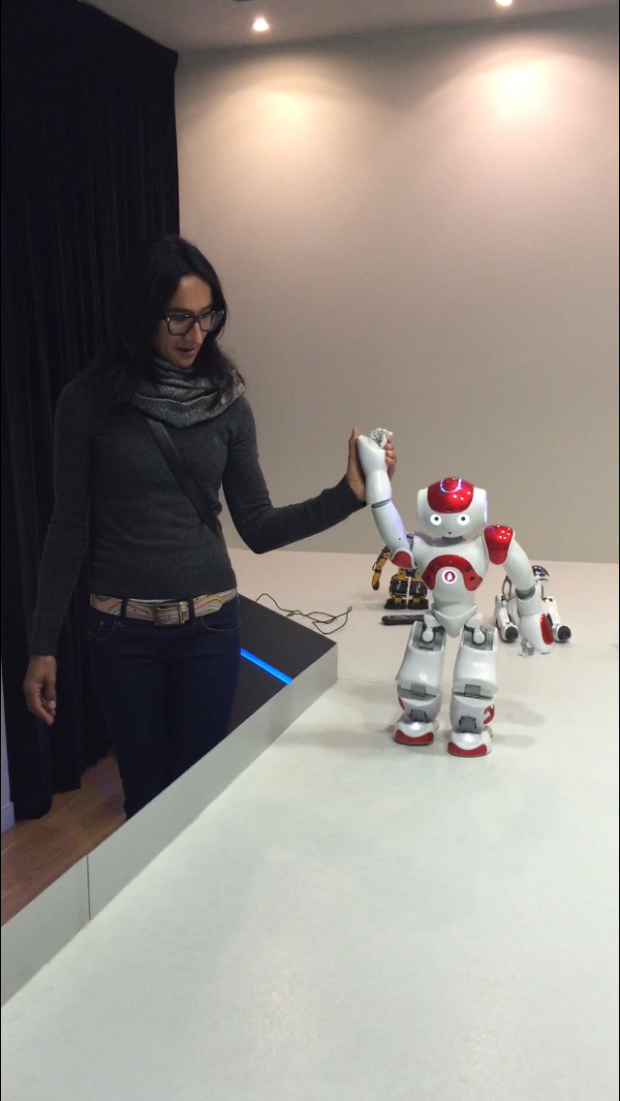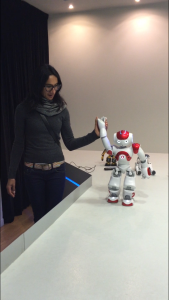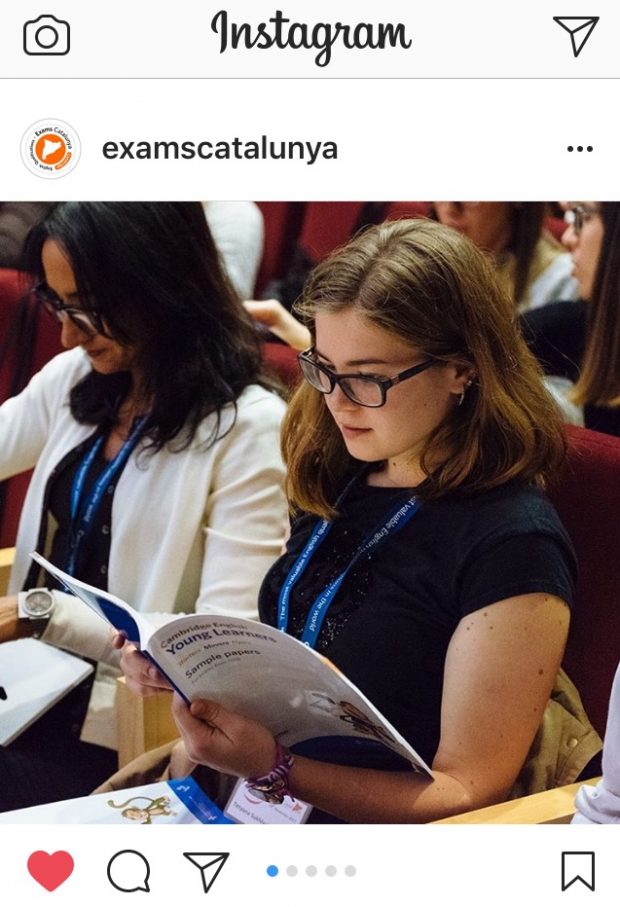There is a reason why The Open University is still going strong some 51 years after it was founded in 1969; it was created for the specific purpose of distance learning, and based all its principles on sound pedagogy to reach the learning objectives they set out.
Distance learning and online teaching and learning are nothing new in today’s technology rich society, so why is it proving such a challenge to find effective learning solutions in a world engulfed by physical confinement within the four walls of our homes? The answer is quite simply that there is a major difference between online learning and emergency remote teaching (ERT).
Online courses have been specifically designed to be delivered online, in a self-paced learning mode, to learners that have not and maybe never will meet the tutor delivering the course. The expectations of learners can only come from themselves as the medium of learning immersion; the more learners are prepared to put into a course, the more they will get out of it. They can be passive learners that ‘lurk’ in the background scrolling through the course forums and absenting from any synchronous interaction, or they may be active learners that actively contribute to threads in the forum and are keen to participate in live sessions held with the tutor and others on the course. The motivations for choosing a distance course could be due to geographical location or other work and/or family commitments, so online learning generally offers flexibility with very few timed or location commitments.
ERT refers to courses that have been developed for face-to-face instruction, however through force majeure, they have been transferred to online delivery. The intention is for the same content to be included and completed in the same time frame as it would with live delivery, and for the learning objectives to be met regardless of the change in medium of delivery. What I am hearing from colleagues, and experiencing myself, is that this is most definitely not the case, and I think this needs to be given consideration when re-designing courses for online delivery.
Often times, less is more, and in the case of the Covid-19 emergency remote teaching and learning contexts that many of us find ourselves in, the role of empathy and compassion for our learners is increasingly important. We are all suffering imposter syndrome, anxiety, social and family pressures that are debilitating our motivation, strength, self worth and productivity. So I think we need to lessen our expectations of our learners and offer more support. The 3 things that this global pandemic has taught me with respect to teaching and learning online are:
1: Increase the task completion time.
2: Don’t be disappointed if what was on the agenda is not completed.
3: Lower your expectations.
4: Take lots of breaks and reward yourself often.
Okay, I know I said 3, but number 4 is really important. While it pains me to admit this, we are not robots (yet) so we need to factor in the human side to this rather odd situation we are all living in.









